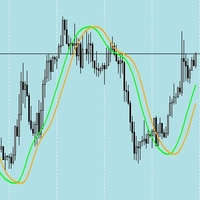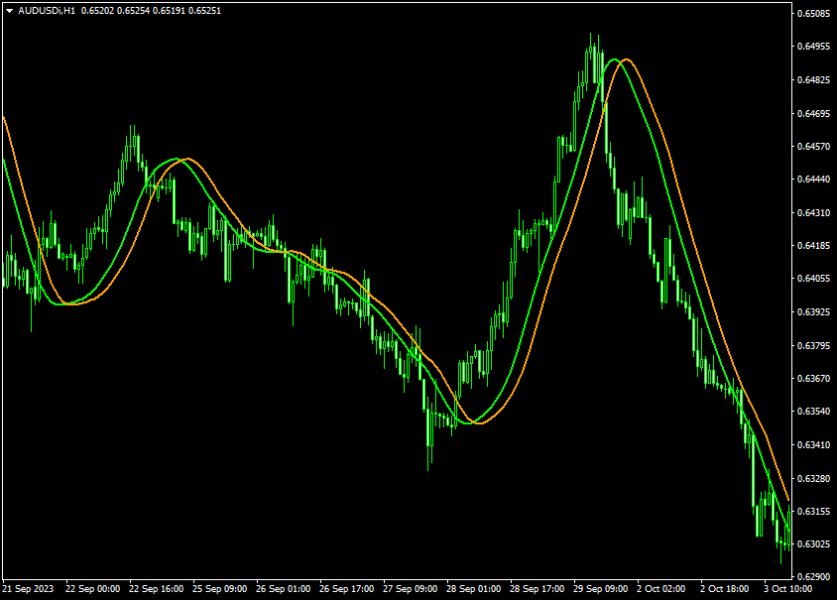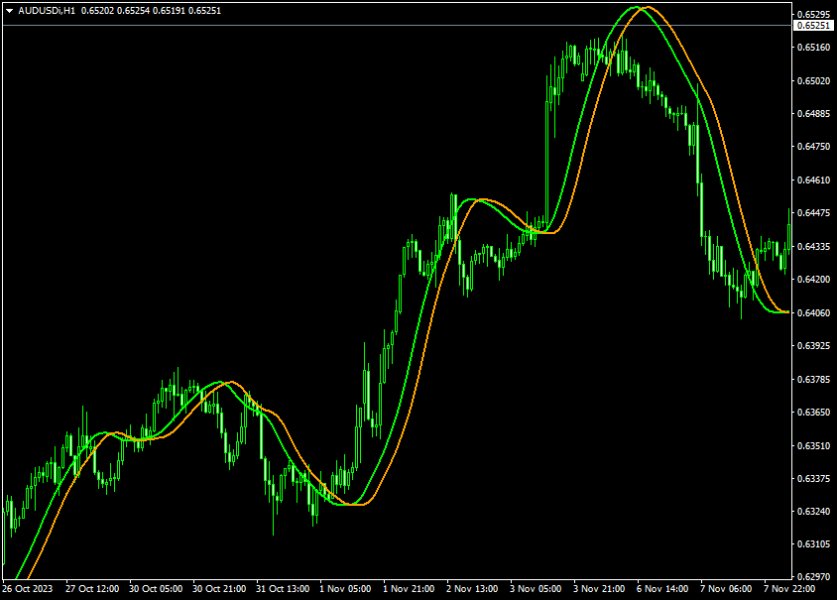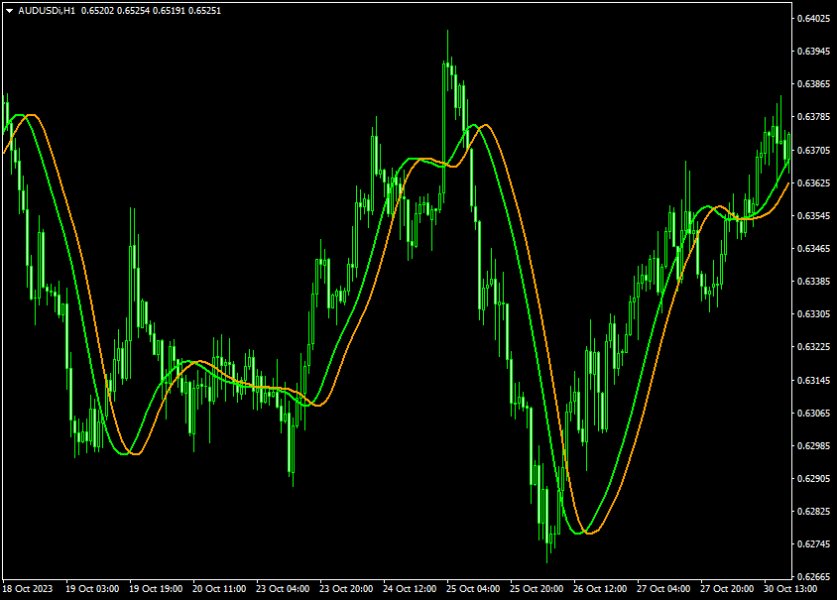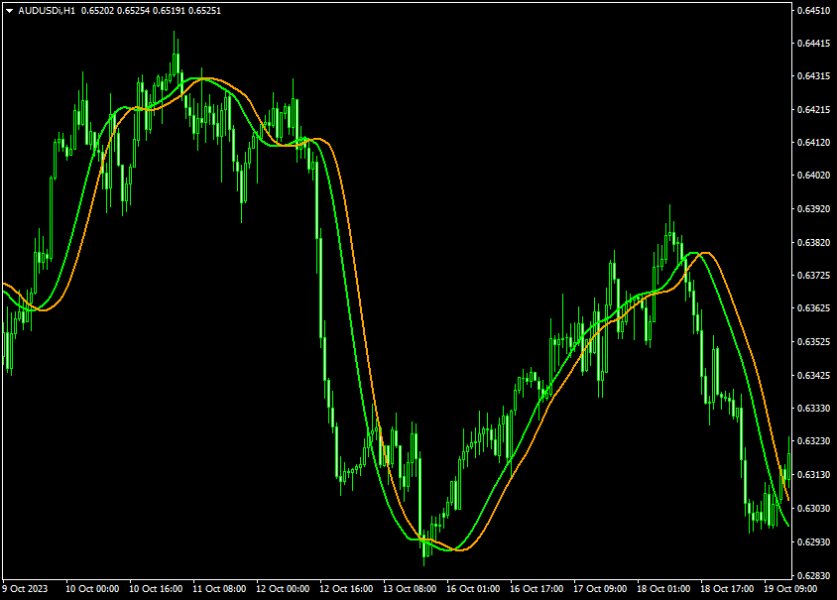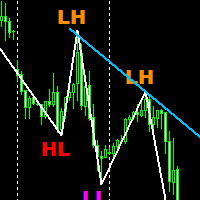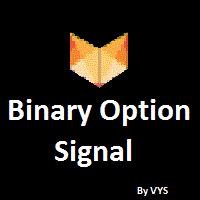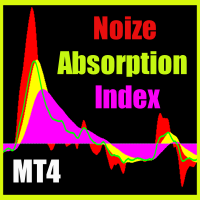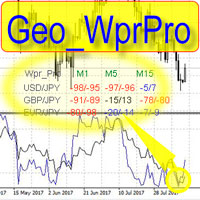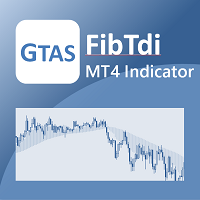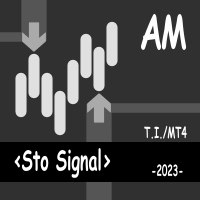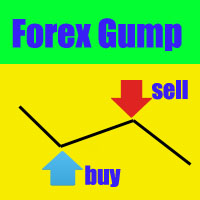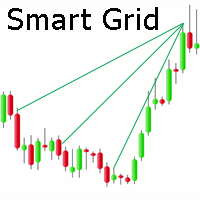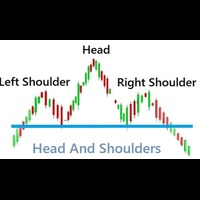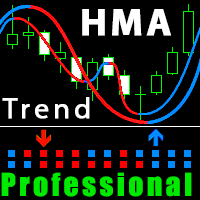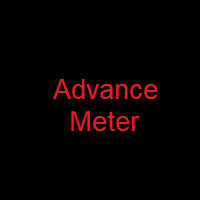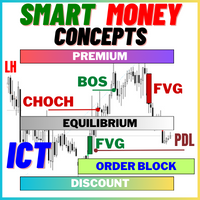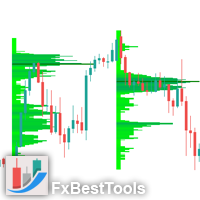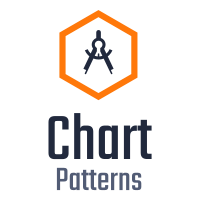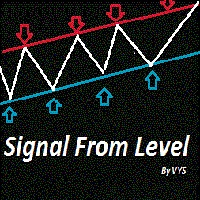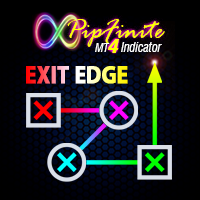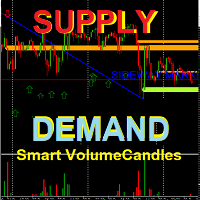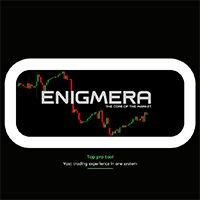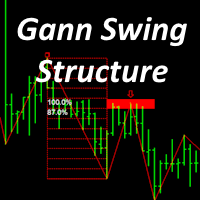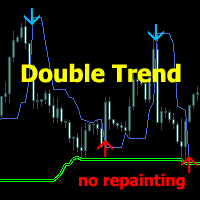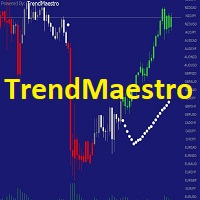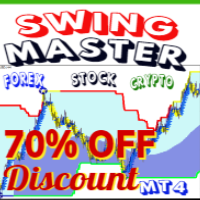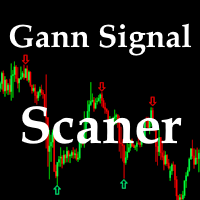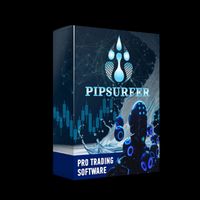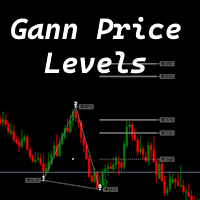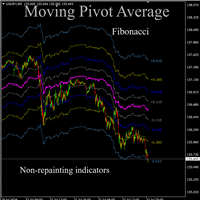Hull Moving Average with Shift crossover
- 指标
- Yardley Zuniga
- 版本: 2.0
- 激活: 5
The Hull Moving Average (HMA) is renowned for its ability to smooth price movements effectively while maintaining responsiveness to recent price changes. When combined with a shifted Hull Moving Average crossover strategy, it offers a robust approach for identifying trends. Here's why:
1. Smoothness and Responsiveness: The HMA reduces noise in price data due to its weighted moving average calculation, which prioritizes recent prices. This smoothness helps filter out insignificant price fluctuations, making it easier to spot underlying trends. At the same time, its responsiveness ensures timely adjustments to changing market conditions.
2. Enhanced Trend Identification: By using a shifted HMA in conjunction with the standard HMA, the crossover between the two lines indicates shifts in market sentiment. When the standard HMA crosses above the shifted HMA, it signals a potential uptrend, suggesting buying opportunities. Conversely, a crossover where the standard/main HMA crosses below the shifted HMA suggests a potential downtrend and selling opportunities.
3. Reduced Lag: Shifting one of the HMAs forward in time reduces lag in trend signals compared to using only one HMA. Lag can delay entry and exit points, leading to missed opportunities or late responses to trend reversals. By incorporating a shifted HMA, this strategy aims to minimize lag, allowing traders to enter and exit positions closer to the beginning and end of trends.
4. Adaptability to Various Timeframes: The HMA with shifted HMA crossover strategy can be applied across different timeframes, from intraday to long-term trading. This versatility enables traders to capture trends across various market conditions and asset classes, enhancing the strategy's applicability and effectiveness in diverse trading environments.
5. Confirmation through Confluence: Utilizing the crossover of two HMAs adds a layer of confirmation to trend signals. Traders often look for confluence from multiple indicators or signals before making trading decisions to increase confidence in their analysis. The crossover of two HMAs provides such confluence, reinforcing the validity of trend signals generated by the strategy.
6. Risk Management: Incorporating a crossover strategy with HMAs also facilitates risk management. Traders can set stop-loss orders based on the distance between the two HMAs or use other risk management techniques to protect their capital while maximizing potential returns.
7. Backtesting and Optimization: Traders can backtest the HMA crossover strategy with shifted HMAs on historical data to assess its performance under various market conditions. Through optimization, they can fine-tune parameters such as the period length of the HMAs and the shift value to improve the strategy's profitability and reliability.
In summary, the Hull Moving Average with a shifted Hull Moving Average crossover strategy offers a powerful tool for identifying trends in financial markets. Its combination of smoothness, responsiveness, reduced lag, adaptability, confirmation signals, and risk management capabilities makes it a preferred choice for traders seeking to capitalize on trend-following opportunities.
It is a Non-repaint indicator.
Main HMA Period: 50 (The Principal HMA period length)
Main HMA Shift: 0 (The Principal HMA Shift if desired)
Method: Linear Weighted
Price: Median Price
SecLineShift: 3 (The Shifted HMA Shift amount)
